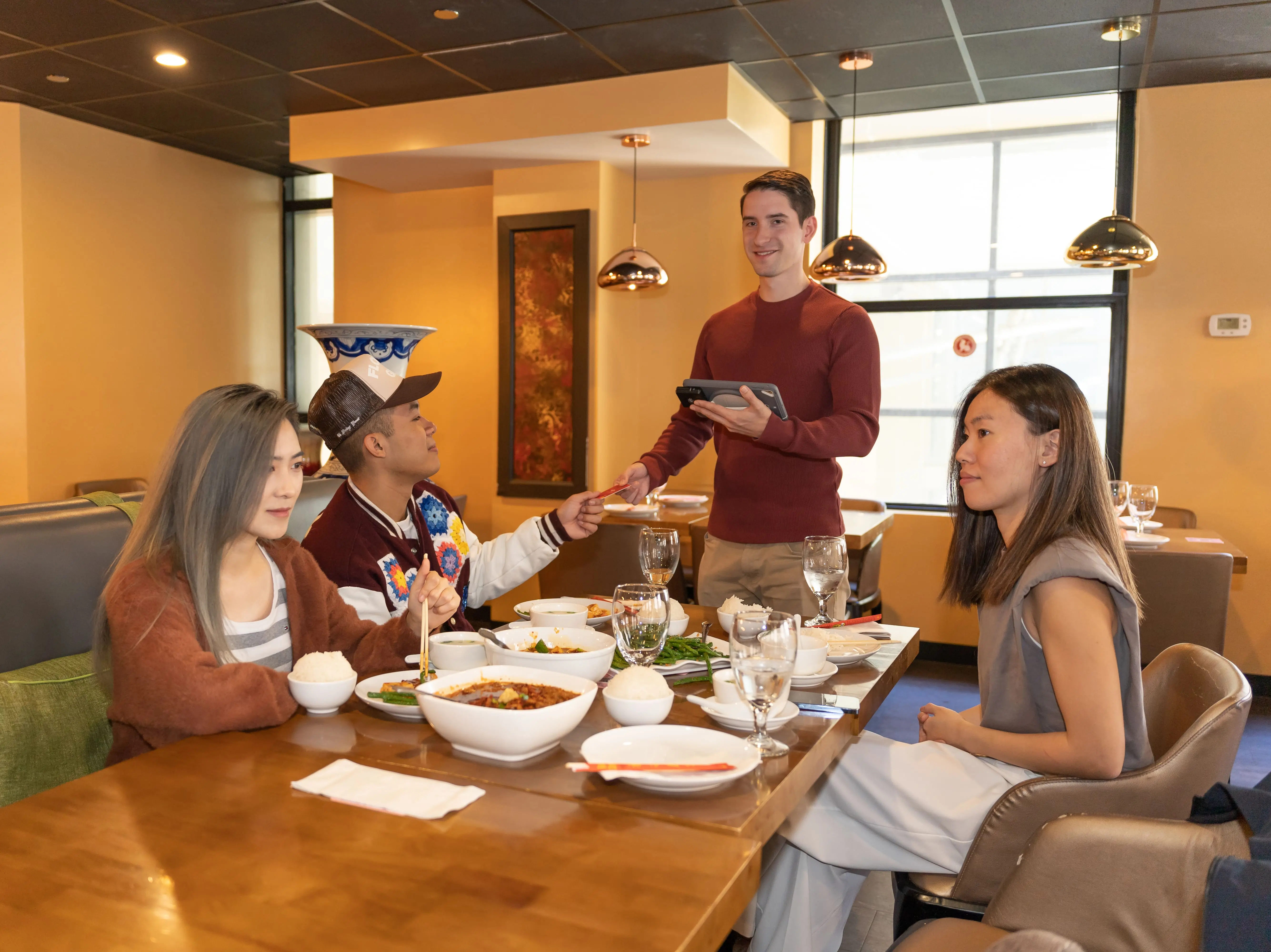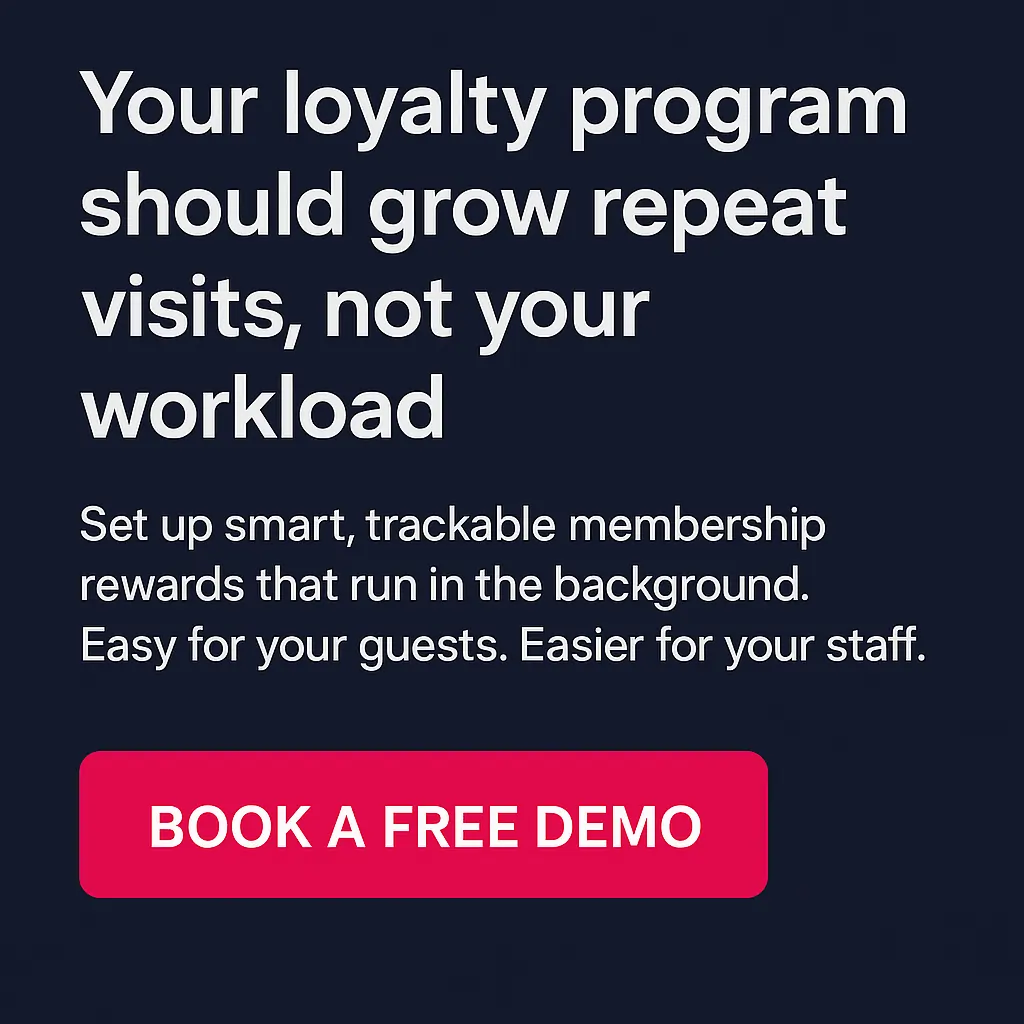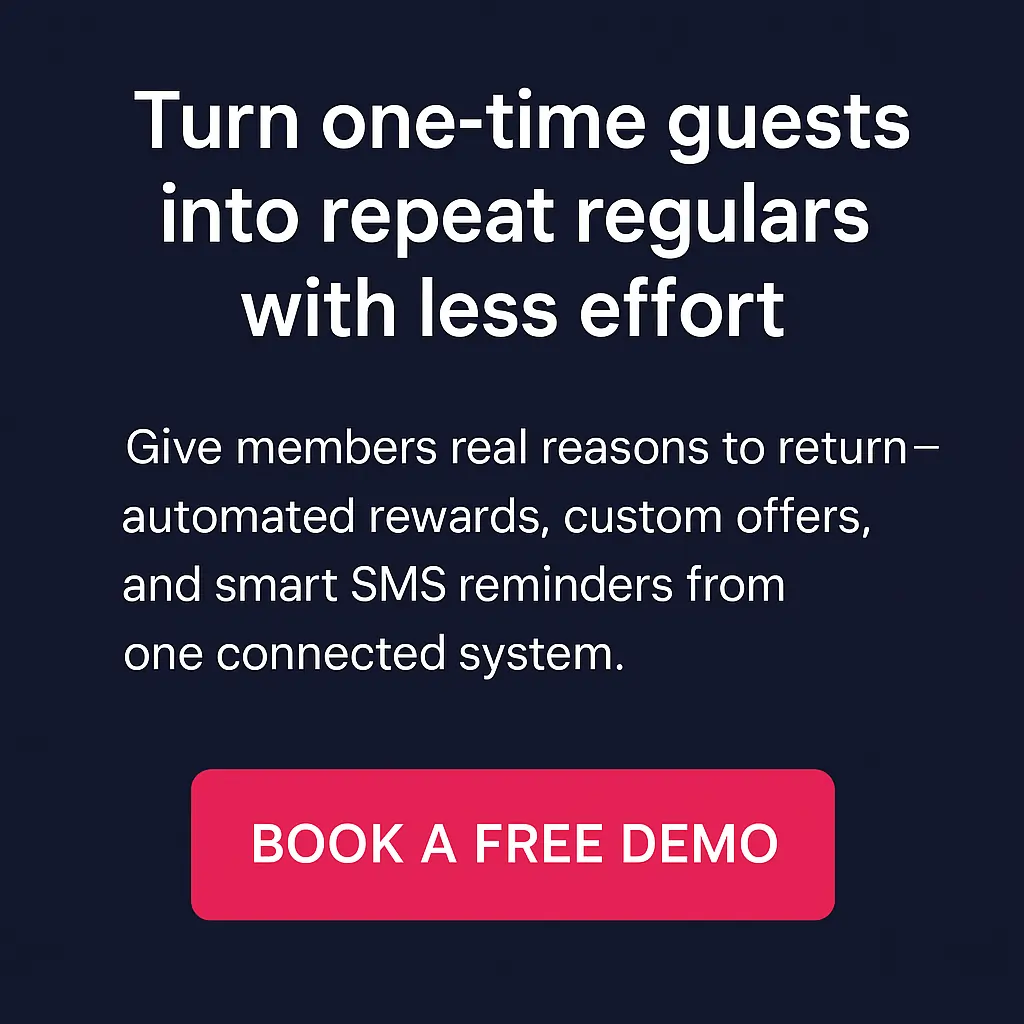
Running a restaurant means constantly finding ways to keep guests coming back. Discounts and promotions help, but they can also cut into profits. Loyalty programs promise to build stronger connections and boost repeat visits, but do customer loyalty programs really work when budgets are tight, churn is high, and there’s little time to manage new tools?
This article shows how loyalty can succeed, why some programs fail, and what steps lead to a system that drives measurable results without draining resources.

Yes. When structured with intent and supported by the right tools, loyalty programs can increase visit frequency, boost guest spend, and improve retention. However, performance depends on the setup, execution, and how well the program aligns with your operation.
What the research shows:
Why performance varies:
A loyalty program doesn’t need to be fancy. It needs to be consistent, visible, and easy for your guests to use. The strongest results come from programs that fit how you serve, sell, and connect.
Loyalty programs can work well, but only with the right setup and follow-through. Without a clear strategy, they often fall short and quietly fade into the background. If a program doesn’t drive repeat visits or increase spend, it usually comes down to how it’s built and shared, not the idea itself.
Here’s why many loyalty efforts underperform:
Guests won’t engage if rewards feel out of reach or aren’t appealing. If the offer doesn’t match what people care about, like a free item after several visits or a personalized deal, it’s easy to ignore.
A loyalty program can’t gain traction if people don’t see it. If it’s buried in your website, mentioned once at the register, or left out of receipts and social media, it won’t get attention. Your team also needs to bring it up naturally during service.
Offering discounts that don’t fit your pricing, or giving out rewards too slowly, can hurt more than help. Guests lose interest quickly if progress feels too slow or the payoff doesn’t match the effort.
A loyalty program shouldn’t be treated like a one-time campaign. If it’s not part of your regular messaging, people forget about it. The best programs stay visible through multiple touchpoints, including staff reminders, signs, receipts, email, and social media.
Without tracking results, it’s hard to know what’s working. If there’s no way to monitor signups, redemptions, or usage trends, it becomes difficult to improve or adjust. Collecting feedback helps shape better rewards and keeps your program fresh.
The idea of loyalty is solid. The challenge is in execution. A program built on clear goals, strong promotion, and relevant rewards gives people a reason to return and helps you learn what keeps them coming back.

Successful restaurant loyalty programs come in all shapes and sizes, from simple bakery apps to full-service membership models. But what the winners have in common is this: they’re built around real guest behavior, easy-to-understand rewards, and tools that don’t overcomplicate the experience.
Here are five brands that nailed it, along with what you can learn from each.
Donatos restructured its loyalty program to reflect how guests actually behave. Rather than relying only on spend, it tracks frequency, order channels, and menu choices to personalize offers.
Results
What worked: Tying rewards to actions, not just dollars spent, while keeping the program consistent across digital and in-store channels.
Panera’s program offers immediate value, like a free bakery treat on sign-up. The aim is to build early habits and fast-track the first return visit.
Results
What worked: Leading with clear, upfront rewards that make joining feel worthwhile right away without friction.
This small bakery created a digital app that allows customers to track points, gift rewards, and skip the line with order-ahead tools.
Results
What worked: Rewarding loyalty through convenience and control, not just coupons.
Tin Shop launched a $39.99/month “Social Club” that gives guests access to daily food and drink freebies, exclusive events, and VIP pricing.
Results
What worked: Using experiential rewards and exclusivity to build emotional loyalty, not just transactional repeat visits.
Papa Johns revamped its loyalty program in late 2024, focusing on bringing back lapsed customers and encouraging direct (non–third party) ordering via app or web.
Results
What worked: Aligning loyalty with business goals, better margins, fewer third-party fees, and more control over the guest journey.
1. Behavior > Assumptions
The best programs use actual customer data (visit timing, order habits, channel usage) to drive rewards, not just spend tiers.
2. Keep it simple, visible, and valuable
Whether you’re a single-shop operator or managing 100+ locations, clarity drives adoption. Guests need to know what they’re earning and how to redeem it, with no fine print.
3. Design for ROI, not just repeat visits
Great loyalty programs grow revenue by steering behavior, such as shifting to owned channels, filling slow hours, or increasing the average check.
Whether you’re starting small or scaling loyalty across locations, these examples show one thing: success comes from knowing your guest, respecting their time, and making it worth their while to come back.

Before setting up a loyalty program, check if the basics are in place. Loyalty works best when it supports what you’re already doing well: serving great food, maintaining consistent service, and fostering strong guest relationships.
If you see regulars coming back and want to encourage more of that behavior, loyalty can help move things forward. If your team can handle a bit of tech or already uses digital tools to run operations, you’re in a good spot to build on that.
For a quick gut check, use this list:
Even if everything on this list doesn’t apply today, one or two solid “yes” answers might be enough to get started. A loyalty program works best when it builds on what’s already strong and helps turn casual guests into regulars.
A strong loyalty program doesn’t need to be complicated. It needs to be clear, consistent, and easy to use for both guests and staff. Results come from thoughtful execution, not layers of rules or features no one remembers to use.
Here’s how to build a loyalty program that actually works:
1. Keep the rewards structure simple
Guests should be able to understand how the program works within a few seconds. Try something like “Buy 5, get one free” or “Earn 1 point for every dollar spent.” The easier it is to follow, the more likely people are to join and stay active.
2. Use technology that tracks activity automatically
Manual tracking slows things down and leads to errors. Look for a system that connects directly with a POS, so rewards apply without extra effort at checkout.
3. Make rewards easy to see and reach
If customers don’t know how close they are to a reward, they’ll lose interest. Show progress clearly on receipts, emails, or digital apps. Keep redemption thresholds low enough to stay motivating.
4. Promote it everywhere
Train your team to mention the program during service. Add signage near the register. Include reminders on receipts. Talk about it on your website and social channels. The more visible the program is, the more likely guests will join and engage.
5. Track results and adjust when needed
Look at how often rewards are redeemed, how many users stay active, and how loyalty members compare to non-members. Use that data to refine the program. Try limited-time bonuses or adjust reward levels if participation dips.
Small improvements add up. Loyalty works best when it’s built into the experience, not treated like an afterthought. Focus on creating value, keeping it visible, and making sure it runs without slowing anything down.
When built with intention and supported by tools that fit your operation, loyalty programs can bring in repeat visits, increase average spend, and strengthen guest relationships. From simple point systems to multi-tiered membership perks, the right structure can turn casual diners into returning regulars—without draining your time or budget.
If you're ready to increase repeat orders, reward your best guests, and spend less on third-party fees, Chowbus POS can help. Set up exclusive membership benefits, send automated SMS offers, and give guests digital loyalty cards they’ll keep in their phone—no extra steps needed.
Book a Free Demo with Chowbus POS today and see how our restaurant loyalty program supports real growth, one returning customer at a time.
Curious about what makes loyalty programs succeed—or fail? These FAQs break down the key factors that drive real results and help you avoid common missteps.
Yes. When they’re designed simply and promoted consistently, loyalty programs increase repeat visits, boost average spend, and strengthen relationships with guests. Programs that track spending automatically and offer clear rewards tend to perform best.
Loyalty programs fail when they only reward transactions, not genuine engagement. Many programs make members work for meager rewards, lack personalized offers, or bombard them with irrelevant communication. They create a database of customers, not a community of loyal fans. A successful program must offer easy-to-earn, desirable rewards and make every member feel uniquely valued.
Loyalty programs carry several potential downsides. They often incur high administrative and reward costs that can shrink your profit margins. These programs can also attract deal-seeking customers who show little brand loyalty and leave for a competitor's offer. An overly complex program can frustrate customers instead of engaging them. Furthermore, many businesses collect valuable customer data but fail to analyze it effectively for marketing insights.
Yes, customers like well-designed loyalty programs. They make members feel valued and rewarded for their continued business. Shoppers actively seek out programs that offer meaningful perks, exclusive access, and a sense of appreciation. These programs effectively build an emotional connection, turning occasional buyers into devoted brand advocates.
Check out our blog section for more insights, strategies, and updates on how to grow your restaurant with smarter tools.

DISCLAIMER: The information provided in this article is for general informational purposes only and is based on publicly available data and industry examples. Results from loyalty programs may vary depending on each restaurant’s operations, marketing strategy, and guest behavior. This content does not constitute business, financial, or legal advice. Restaurants should evaluate their own circumstances and consult with appropriate professionals or service providers before implementing any loyalty program strategies.
Recommended Articles: